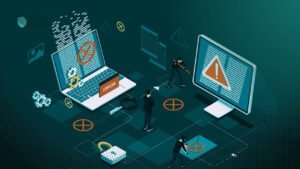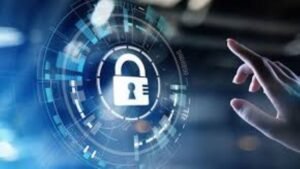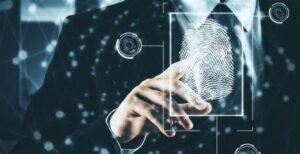Introduction
In today’s digital world, data breaches are becoming more frequent and pose a serious risk to both individuals and organisations. Forensic analysis is essential for looking into incidents involving data breaches, figuring out what went wrong, and assessing the damage. We’ll dive
into the field of data breach forensics in this article, looking at the methods, instruments, and best practices utilised to look into unauthorised access.
Understanding Data Breach Forensics
The process of gathering, storing, and examining digital evidence connected to a data breach is known as data breach forensics. Finding out how the breach happened, what data was compromised, and who was at fault are the main goals of this kind of forensic investigation. Logs,
network traffic, and system configurations are frequently examined as part of data breach forensics in order to reconstruct the sequence of events that preceded the breach.
Data Breach Forensics Tools and Techniques
A range of instruments and methods are employed by forensic analysts to look into data breaches. Typical instruments include the following:
1. Forensic imaging tools: By using these tools, a compromised system or device can be meticulously duplicated while maintaining the integrity of the original data.
2. Log analysis tools: Log analysis tools are useful for spotting unusual login attempts or access patterns, among other suspicious activity, in system logs.
3. Network forensics tools: In order to detect illegal access and data exfiltration, network forensics tools are used to record and analyse network traffic.
4. Memory forensics tools: Tools for memory forensics can be used to retrieve data from the memory of a compromised system, including open processes and network connections.
Top Techniques for Forensics of Data Breach
The following best practices should be adhered to by cybersecurity specialists in order to perform efficient data breach forensics:
1. Act quickly: A data breach investigation must be completed quickly. It is possible to prevent more harm and preserve evidence by moving quickly.
2. Preserve evidence: It’s critical to maintain the integrity of the evidence by gathering and storing data using techniques that adhere to forensic best practices.
3. Document findings: Building a case against the perpetrators and making sure the incident is appropriately remedied depend on the documentation of forensic analysis findings.
4. Work with legal and law enforcement: Legal and law enforcement authorities frequently participate in data breach investigations. Assuring that the investigation complies with legal and regulatory requirements requires close collaboration with these organisations.
Future Trends in Data Breach Forensics
The field of data breach forensics is being shaped by a number of trends as data breaches continue to change, such as:
1. Artificial intelligence: Data breaches can be found and handled more quickly and effectively with the use of AI-powered tools that automate the analysis of massive amounts of data.
2. Blockchain technology: Blockchain technology improves the integrity of digital evidence in data breach investigations by producing a safe, unchangeable record of digital transactions.
3. Enhanced data protection regulations: Data breach investigations are getting more complicated as a result of the introduction of regulations like the CCPA and GDPR, which call for stricter adherence to data protection laws.
Conclusion
An essential part of looking into and handling data breaches is data breach forensics. Cybersecurity professionals can efficiently find evidence of unauthorized access, identify the perpetrators, and take action to prevent future breaches by adhering to best practices and using the appropriate tools and techniques. Organisations must invest in strong data breach forensics capabilities in order to safeguard their data and reputation, as data breaches continue to be a threat.






